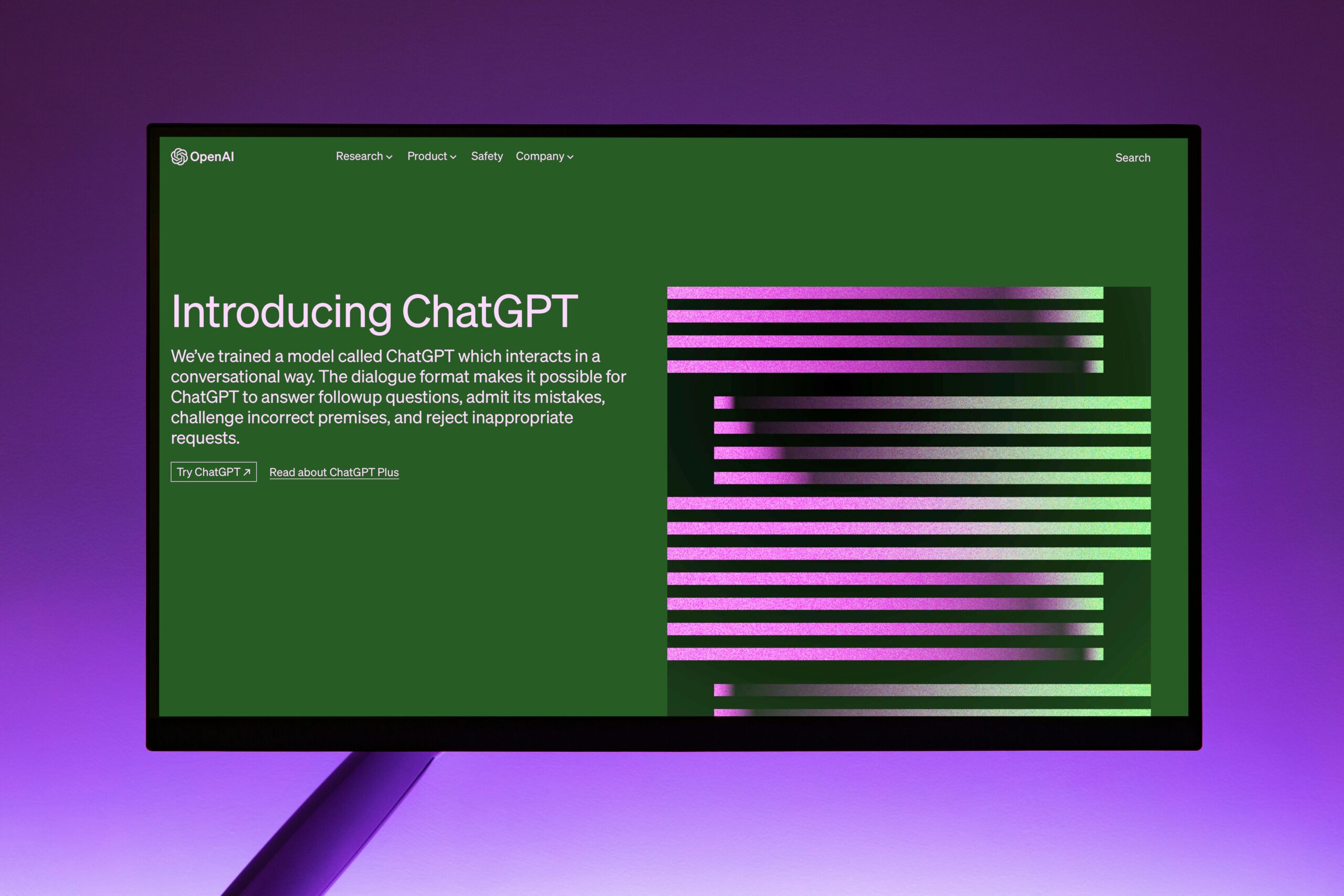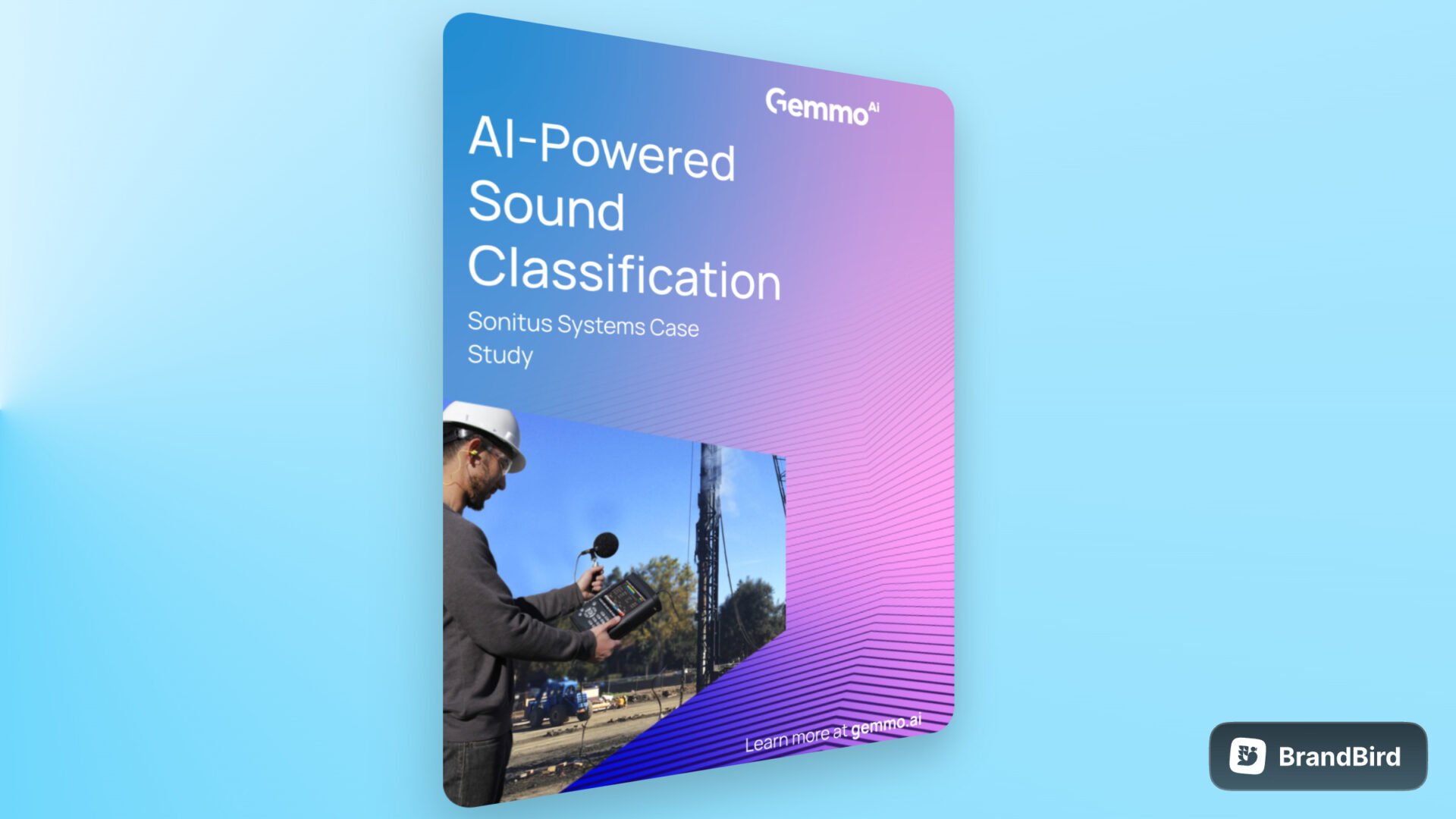Assessing Your AI Readiness
Gemmo's AI Readiness series aims to help determine how prepared your company is for AI implementation....

Are you mindful of how your business is prepared for the development of AI? Are you experiencing difficulty determining whether your company is ready to adopt machine learning? Fortunately, with our AI Readiness series, Gemmo AI aims to assist you and your organisation determine how prepared you are for the implementation of artificial intelligence.
In this article, we aim to help companies, CEOs, or CTOs understand how ready their organisation is to embrace or to start with AI. Consequently, Gemmo provides a set of criteria for you to assess if your organisation is ready for investing in AI to provide your company with solutions for streamlining tasks and for saving resources, time, or costs.
The Benefits Of Understanding your AI Readiness Level
Artificial Intelligence has several advantages. Machine learning may help your business solve difficulties ranging from challenging issues to common obstacles. In regards to these problems, machine learning can provide solutions that address:
- Task streamlining
- Increasing efficiency,
- Improving time management,
- Saving expenses.
Part 1 of our AI Readiness series is below. This article examines the three components that any business should consider when beginning to investigate and pursue AI solutions.
Part 2 of our AI Readiness series, Stages of AI Readiness: 3 Steps to Assessment, focuses on the three critical AI Readiness phases to follow once you have begun to examine AI solutions. It is an excellent next step in evaluation after you have obtained the necessary information from Part 1 and are curious about where to go next.
The 3 Main Elements to Improve Your AI Readiness
To begin an in-depth evaluation of your company’s AI readiness assessment, it is critical to carry out reflective and strategic questioning in three key areas:
- Defining Your AI Goals: It is essential to first define your company’s core purpose with AI. What specific outcomes are you hoping to achieve with the incorporation of AI? How do these relate to the larger objectives of your company? Consider the intended output goal: is it to improve operational efficiency, stimulate innovation, or revolutionise client experiences? Understanding these goals will serve as the foundation for your AI approach.
- Evaluating Growth Strategies: Second, consider your company’s growth plan in light of AI adoption. How does AI fit into your long-term company growth strategy? Next, is there a specific business opportunity or difficulty that AI could assist you with? This question includes not just a technical examination but also a strategic view of how AI might help your company grow.
- Competitive Edge Analysis: Third, consider how AI adoption can influence the company’s competitive position. What distinct benefits might AI provide for your business, and how do they compare to your competitors’? Are there any areas where your peers have already used AI, and how can you benefit from their mistakes? This research should go beyond just technology adoption and include a more comprehensive picture of market positioning and competitive dynamics.
Investigating The Key Elements of AI Readiness
Some practical, simple ways to get you thinking about the above three questions (and their sub-questions) and how to answer them are:
Output Goals.
It is important to start with the “why”. What motivates you towards an AI solution? What is the tangible outcome that you would like to get out of this initiative? The output goals identify at the beginning what the problem is that you are facing.
You can solve this problem with AI, be it automation, issue tracking, cybersecurity, completing complex tasks quickly and efficiently, etc. Output goals identify the value of using AI for your business. They also identify where AI can solve one or more of your business problems.
Some of the usual goals that we see formed in collaboration with our clients include wanting their company to:
-
- Discover if AI solutions exist for a given problem
- Understand the potential of our data
- Improve the value of an AI end-to-end solution
- Have a product ready solution that can be deployed as soon as possible
- Improve a version of an existing AI solution that is not meeting expectations
Growth Strategy.
Thinking strategically about your company’s growth is a critical step in properly harnessing artificial intelligence. By integrating machine learning into your organisation’s growth plan, you can fully realise its potential of driving your company ahead.
Understanding how AI fits into each area of your growth strategy is critical. We identified three important growth methods that may be considerably increased by AI using the Ansoff matrix, a well-known business tool:
- Existing Market Innovation: Consider whether your organisation is focused on introducing new items to your present market. In this area, machine learning could be a game changer through providing insights into consumer behaviour and preferences, assisting in the development of novel goods that resonate with your existing client base. Furthermore, AI-powered market analysis tools can assist in recognising emerging trends, ensuring that your new products are well-aligned with market demands.
- Exploring New Markets with Existing Products: If your strategy depends upon accessing new markets with your existing products, machine learning may play a crucial role in understanding these new demographics. AI can analyse market data to discover unique customer wants and preferences across areas or segments. These discoveries allow for specialised marketing tactics and product modifications that satisfy the demands of these new markets.
- Adapting current Products for New Markets: This strategy involves modifying current products to fit new markets. AI may give useful insights on how your products could be tailored to match the unique needs or preferences of different market categories. AI could help product development teams in making essential improvements to existing goods, assuring their success in new areas, by analysing consumer feedback, market trends, and cultural variables.
Competitive Advantage.
Another important aspect of AI Readiness Level assessment is related to competition and how you plan to get a head start. In particular, you might want to think about how your competitors are using AI.
Following from this, it can be useful to decide on your own desired strategy for your company. For your benefit, check out some generic strategies.
- Identification: We have identified an application where AI can solve one or more of our business problems that our competitors are not using.
- Cost Leadership: We are looking for economies of scale. No frilly offers involving a lot of automated processes that scale.
- Differentiation: We want to develop a unique or desirable product that differentiates our product in a small number of target segments.
Final Thoughts on AI Readiness
When thinking about AI readiness and these three elements–output goals, growth strategy, and competitive advantage – keep in mind your data and your people. These are also additional elements to consider as part of the process.
For instance, data collection, data usage, and data analysis are all very important steps to the overall process and value that AI creates. Collect data that you think could be useful for an AI project.
Following this, organise and structure the data. Is it stored in a database? Furthermore, do you have full control of your data and its source?
As well as this, think about what your team, who will explore, experiment, process, maintain, and complete the project, looks like? Who are the people involved? Do you have gaps that need to be filled?
Once these questions, thoughts, and plans have been vetted out, brainstormed, and documented, you are now on your way to moving to the three stages of AI Readiness.
Author: Samantha Sink



